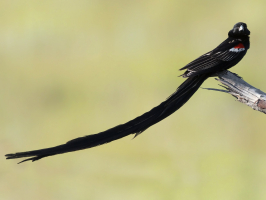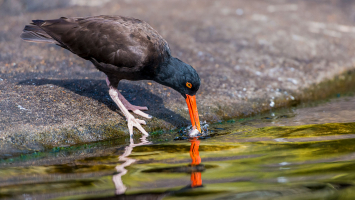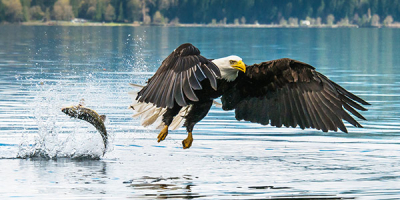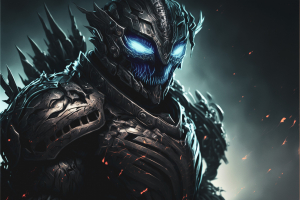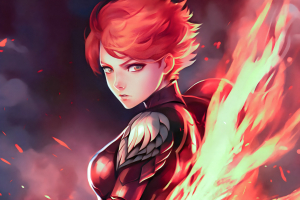Top 10 Birds with a Horrifying Dark Side
Birds have represented our best values throughout history. They represent the splendor of nature, the love of parents, and the freedom of the spirit, from ... read more...singing birds to soaring eagles. However, are they really that removed from our filthy, earthbound ways? These ten birds have an unexpectedly terrifying dark side.
-
With their sweet quacks and frequently vibrant plumage, who doesn't appreciate ducks? People who are aware of their dark secret, that's who. In the three percent of birds that have a penis, male ducks (drakes) are the most well-endowed. They are the finest endowed vertebrate species in terms of body size. For instance, the Argentinian lake duck's is four inches longer than its body. Duck penises are even more bizarrely corkscrewed, resembling pig tails with up to ten turns. Additionally, they are available in toothy, ridged, and even ribbed types, "like a selection of sex toys from a vending machine in a bizarre extraterrestrial bar."
You could argue that there is nothing wrong with that, but none of this developed "for her enjoyment." Actually, it's to keep her from escaping. In most duck species, there are more males than females, hence many drakes are unable to entice a mate. So they switch to gang rape, which is violent and frequently fatal.
Ducks have become so accustomed to this action that the penis has developed to hook into the vagina. Additionally, the vagina has developed its own defenses, much like a "sexual arms race." To catch undesired sperm, it could, for instance, spiral in the opposite direction of the penis or have "dead-end side pockets or cul-de-sacs." Some also have sharp twists or "teeth," evoking the folkloric vagina dentata.
Kingdom: Animalia
Phylum: Chordata
Class: Aves
Order: Anseriformes
Superfamily: Anatoidea
Family: Anatidae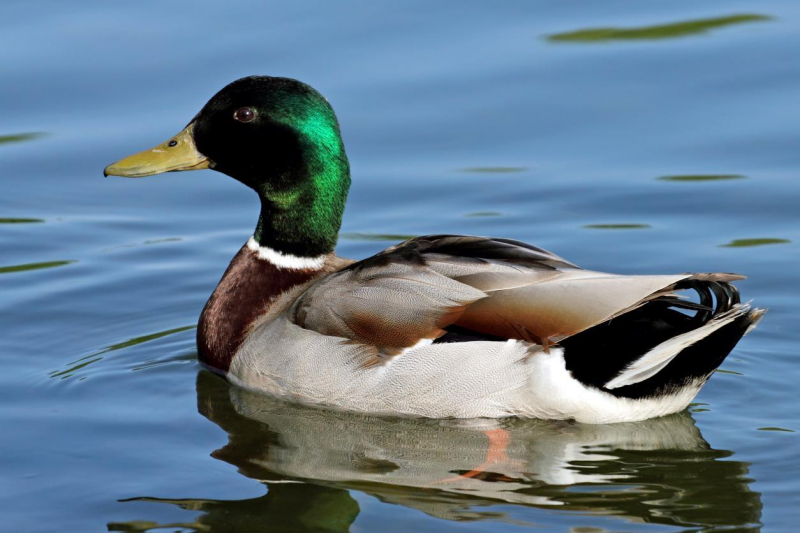
https://jilljuck.com 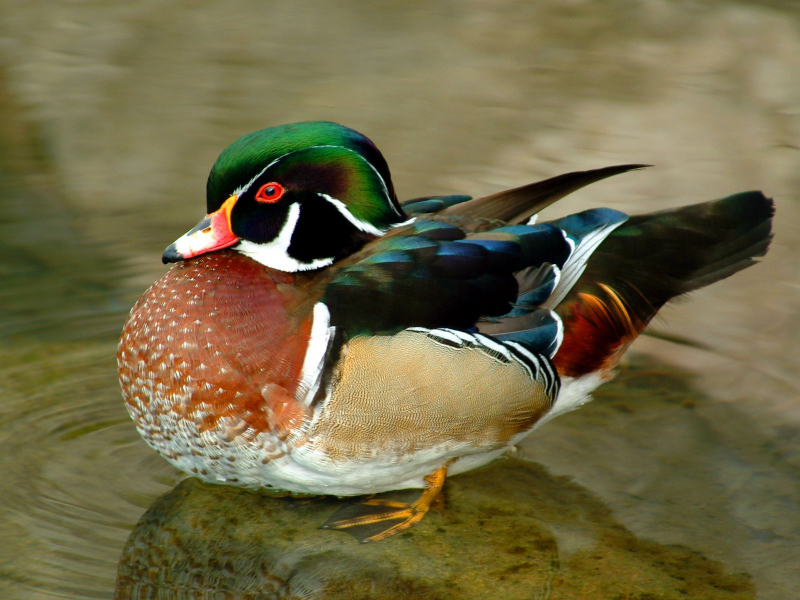
https://pcwalls.net/ -
Black vultures congregate like witches near abandoned buildings and stalk turkey vultures to take their prey while hissing at them to frighten them away. Their true calling, nevertheless, is elsewhere. Farmers in Kentucky are well aware of the species' reputation for preying on animals and pets. They "enjoy to play with the newborns... they'll jump around and get the calf comfy... before they peck out their eyes... then the tongue, then every last shred of flesh," according to the report. Minutes later, it's done.
They have even been known to attack pregnant ewes as they give birth, surgically decapitating the mother and devouring both the lamb and her flesh. Similar to keas, there isn't much that farmers can do. Without authorization from the federal government, it is illegal to damage migratory birds. They do have some advantages, like any animal (they're fantastic at cleaning up roadkill), but it's difficult to perceive them as anything but nasty.
Kingdom: Animalia
Phylum: Chordata
Class: Aves
Order: Accipitriformes
Family: Cathartidae
Genus: Coragyps
Species: C. atratus
https://celebrateurbanbirds.org/ 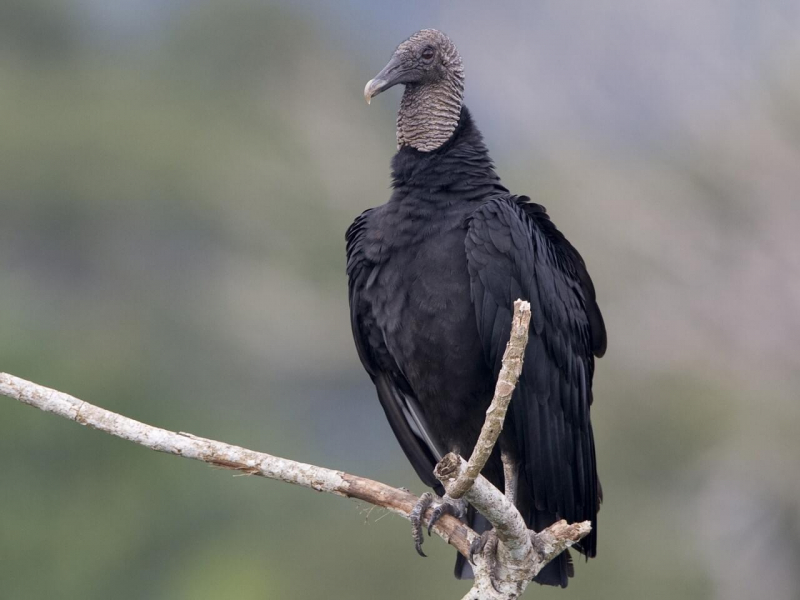
https://celebrateurbanbirds.org -
A national treasure in New Zealand, this breathtakingly gorgeous mountain parrot is depicted in literature, old Maori myths, and on currency. Kea is another name for a member of the Scouts of New Zealand who is between the ages of 5 and 8. It's a widespread pest as well.
The kea stands on the backs of sheep and rips out their loins with its beak before devouring them whole. In 2009, one farmer asserted that "kea strikes" had caused the loss of up to 30 sheep in just two months. He discovered the "entire intestinal cavity open" in one horrifying instance.
For people from New Zealand, it is a puzzle. The bird is protected under the highest level of wildlife conservation, on the one hand. Lamb, on the other hand, is a major export. To shoot keas, the government currently issues individual licences, but they must be "caught in the act."
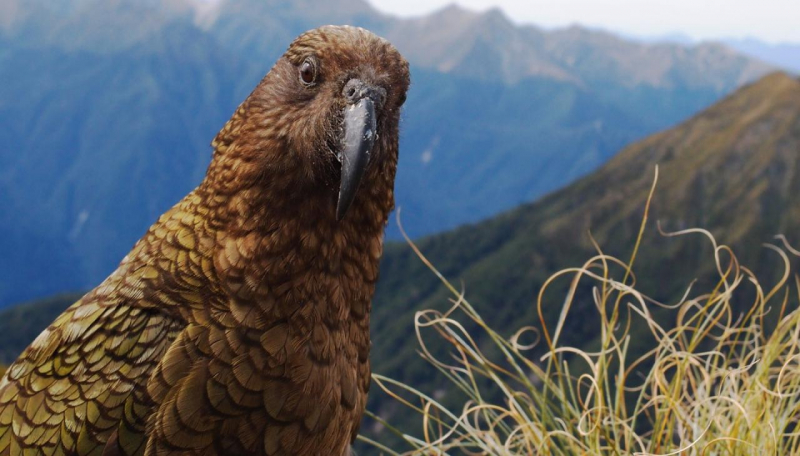
https://www.newshub.co.nz 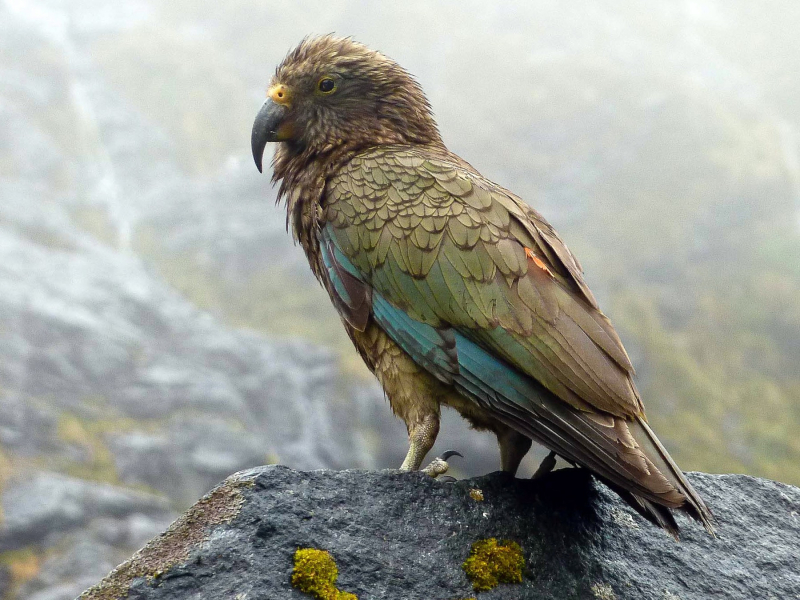
https://ebird.org/ -
The shrike is indisputable charming with its diminutive size, raccoon mask, and high-pitched squeaky call. But it's also a psychopath and a bird of prey. You may have witnessed animals, such beetles, being impaled by a barb wire fence. It's a common occurrence. Actually, it's a surefire indication that a shrike is around (either that or a psychopath child).
The shrike spikes insects, amphibians, lizards, small animals, and even birds on fences, thorny trees, and cactus in order to attract mates. Additionally, it's a means to keep food fresher for longer periods of time, especially when the item is harmful. Shrikes lack talons, unlike other raptors. In order to fly prey to the spikes for impaling, they rely on their hooked small beaks. In other words, prey can remain alive while being gently dissected for a while in the shrike's "pantry" or "larder," as it is known. Speaking of psychotic kids, shrikes start learning this skill at a young age. Young animals can be observed experimenting with leaves and impaling them on nearby branches.
Kingdom: Animalia
Phylum: Chordata
Class: Aves
Order: Psittaciformes
Family: Nestoridae
Genus: Nestor
Species: N. notabilis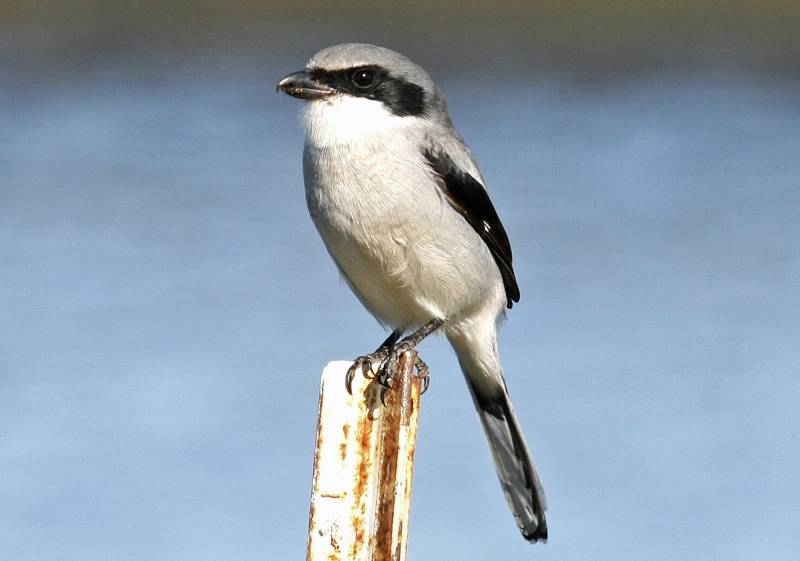
https://www.outdooralabama.com 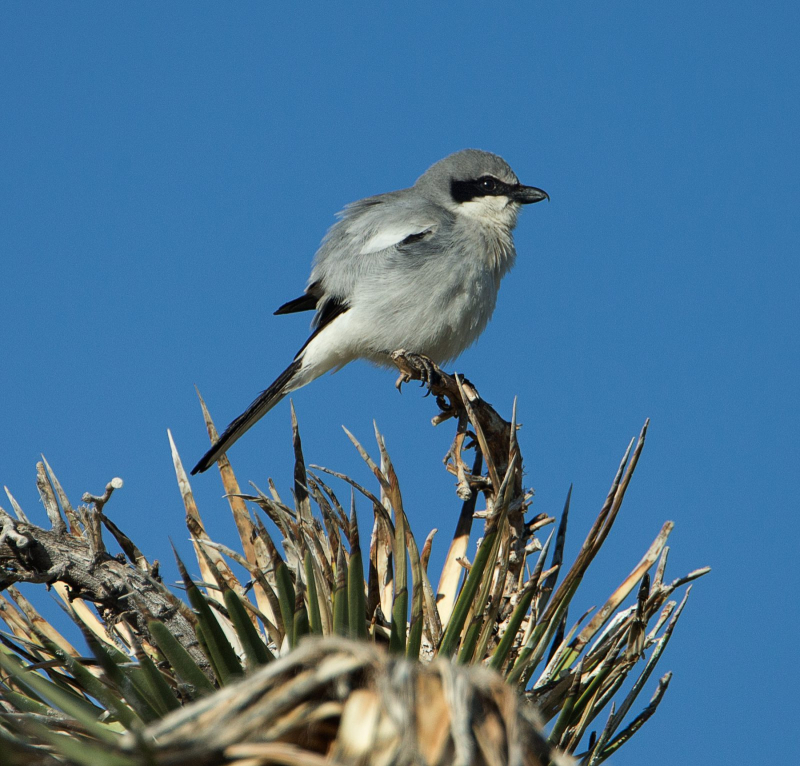
https://www.birdwatchingdaily.com -
Warblers are popular songbirds in Europe and a cuckoo's favorite meal. A warbler mother is not only unlikely to spot imposters, but she will also keep feeding them even after they grow to be twice as big as her. Even better, when they remove her other eggs from the nest, she doesn't appear to notice. Not that reed warblers are kind or innocent; they have a cunning parenting tactic of their own.
Females of "low harem status" eat the eggs of their rivals since male reed warblers only ever support one nest, even though they may have spawned numerous. By placing plasticine eggs in mock nests and matching the peckmarks to the warbler, researchers were able to monitor this activity. In essence, a mistress rises up the support chain when she kills the first wife's children. Female immigrants who are single parents often try to profit from the killings. They are more likely to capture the male by constructing their nests close to a location of infanticide.
Kingdom: Animalia
Phylum: Chordata
Class: Aves
Order: Passeriformes
Family: Acrocephalidae
Genus: Acrocephalus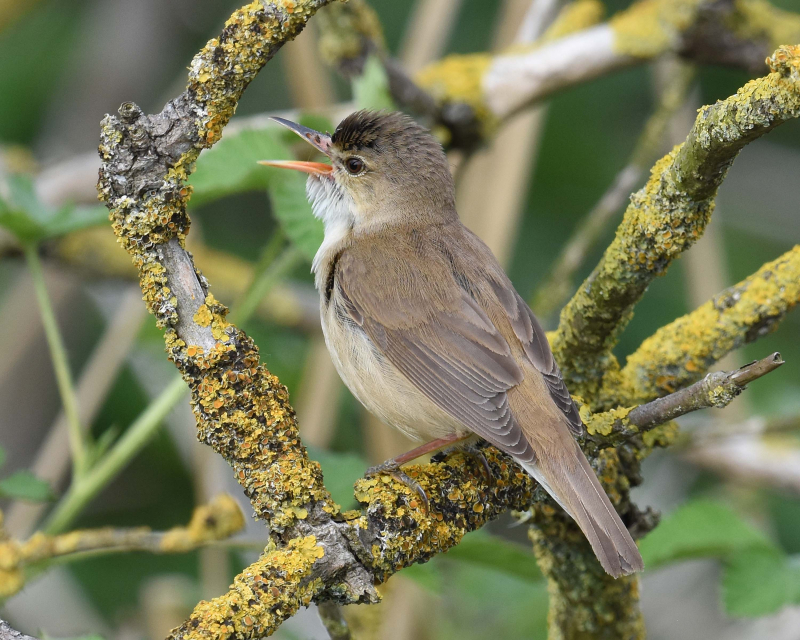
https://www.earth.com 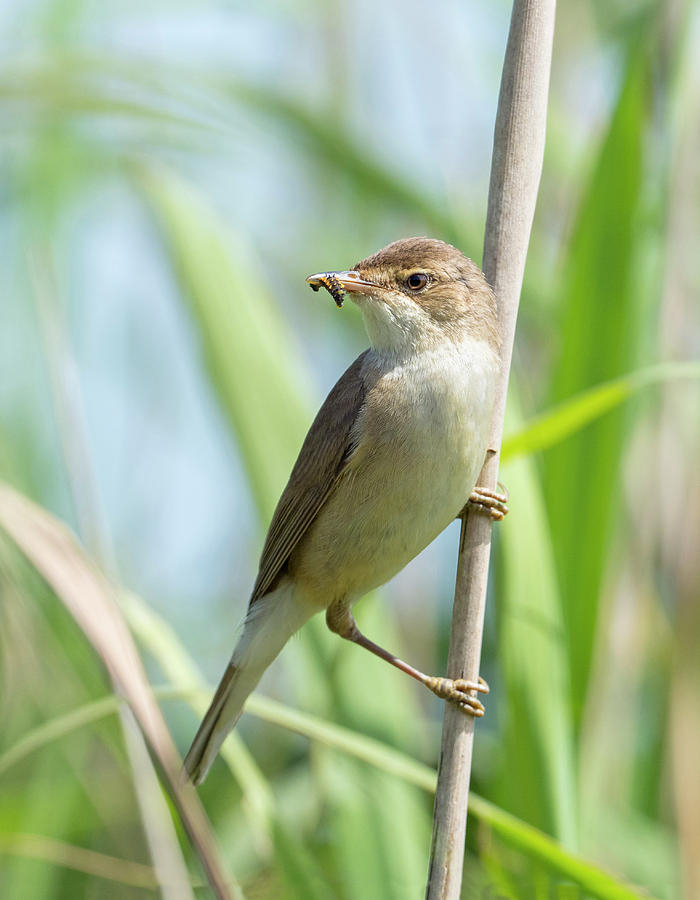
https://fineartamerica.com/ -
Although the cuckoo's call heralds the arrival of spring, birds have good cause to be afraid of it, even when they are unaware of it. Cuckoos are brood parasites that lay their eggs in host bird nests and raise the young as their own. Energy savings are unquestionable. Some even throw their eggs towards the nest from above, their thick shells shattering the hosts' eggs as soon as they hit the ground.
Even though the cuckoo's strategy may appear hasty, it is actually well-thought-out. Cuckoos stake up nests ahead of time; they don't choose them at random. They stay hidden and keep an eye on the hosts' movements to time their infiltration and synchronize their egg-laying. Although the cuckoo's call heralds the arrival of spring, birds have good cause to be afraid of it, even when they are unaware of it. Cuckoos are brood parasites that lay their eggs in host bird nests and raise the young as their own. Energy savings are unquestionable. Some even throw their eggs towards the nest from above, their thick shells shattering the hosts' eggs as soon as they hit the ground.
Although the cuckoo's strategy may appear hasty, it is actually well thought out. Cuckoos stake up nests ahead of time; they don't choose them at random. They stay hidden and keep an eye on the hosts' movements to time their infiltration and synchronize their egg-laying. then, as the girls enter covertly, the males (which in some species resemble hawks)Kingdom: Animalia
Phylum: Chordata
Class: Aves
Clade: Otidimorphae
Order: Cuculiformes
Family: Cuculidae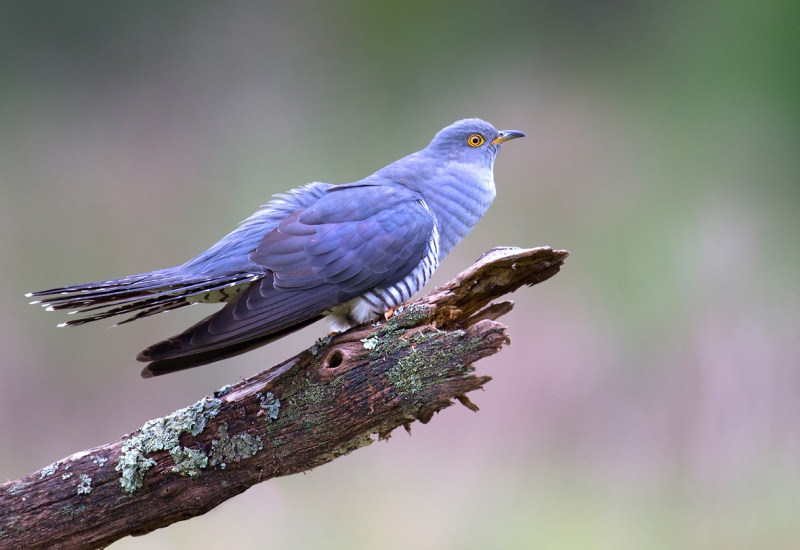
https://birdwatchireland.ie 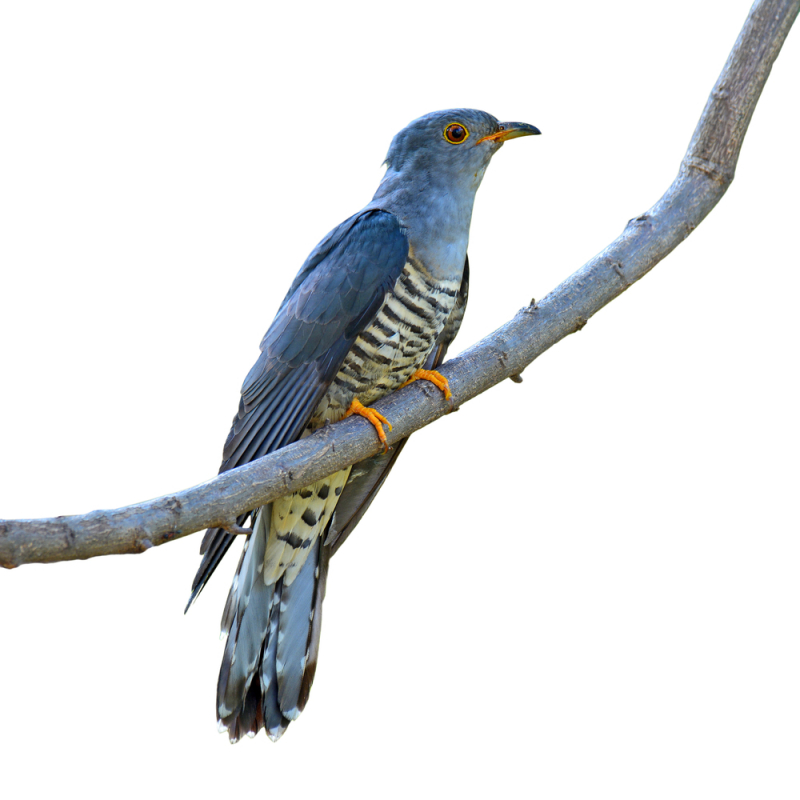
https://www.collinsdictionary.com/ -
Humans have long been fascinated by the shoebill's ancient appearance. In addition to being shown in ancient Egyptian art, the shoebill also serves as a source of inspiration today. Princess Zelda's Loftwing or Guardian Bird in The Legend of Zelda: Skyward Sword was modeled after the shoebill.
The shoebill is a strong predator, preying on enormous fish, snakes, young crocodiles, and even Nile monitor lizards. It stands over a meter long and has an eight-foot wingspan. The Arabs dubbed it abu markhub, or "father of the slipper," because of its curved, clog-like beak, which is literally its most prominent characteristic. Even though it appears to be grinning, the bill's sharp teeth can clamp down and decapitate victims. To us, it even has a deadly sound when it greets other shoebills, sounding like a machine gun.
But this bird's sinister side is shown when it returns to the nest as a fledgling, not when it is out hunting. In David Attenborough's Africa, there is some terrible footage showing a shoebill mother leaving her nest to go get water, and the older of her chicks bullying the younger by aggressively plucking and pecking at its down feathers. The younger fledgling, which is already frail, has trouble bearing its own weight. And when the mother comes back and witnesses what has transpired, she pragmatistically sides with the bully while completely ignoring the victim. This could be the cause of the rarity of multiple shoebill chicks surviving.
Kingdom: Animalia
Phylum: Chordata
Class: Aves
Order: Pelecaniformes
Family: Balaenicipitidae
Genus: Balaeniceps
Species: B. rex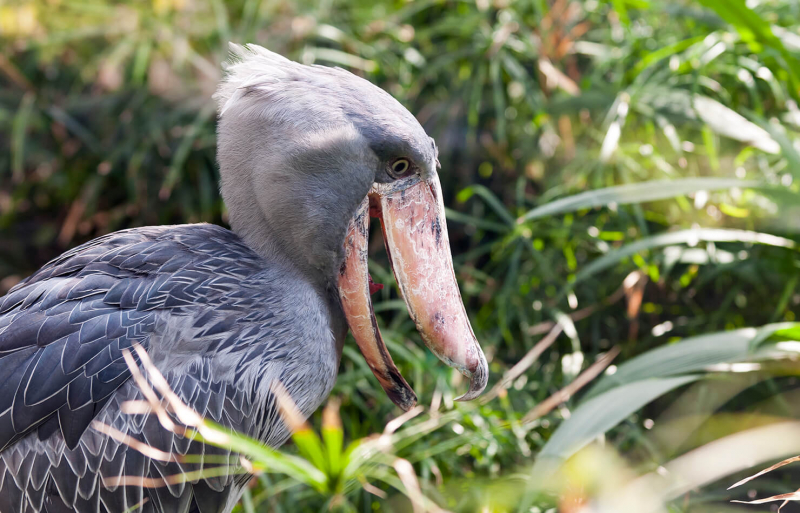
https://animals.sandiegozoo.org/ 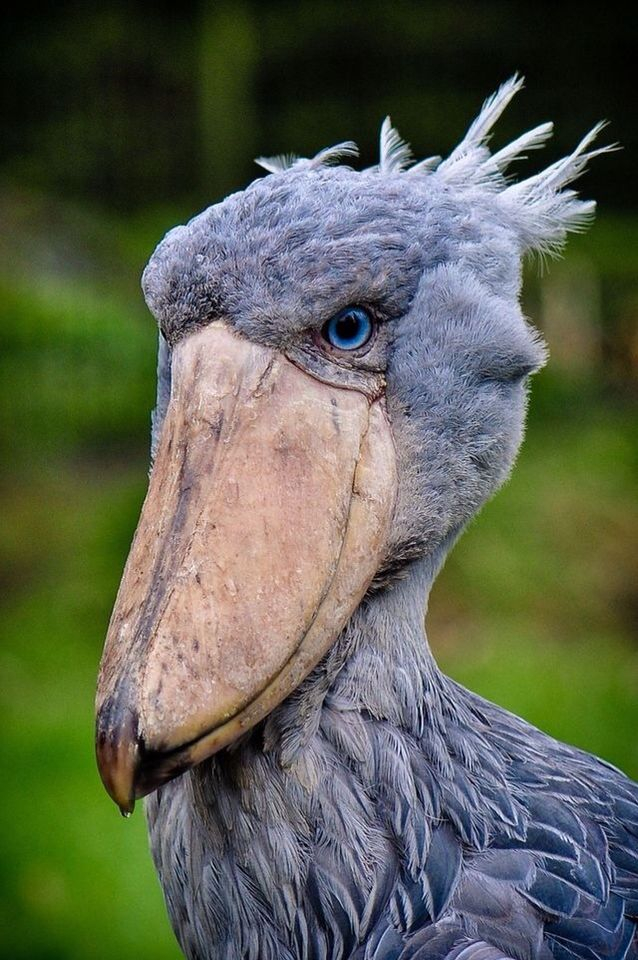
https://www.pinterest.com/ -
Some Australian flora couldn't grow without this vibrant, flightless bird. Some seeds, which are too big for other frugivores to consume, can only sprout after passing through the cassowary's digestive system. So that's one advantage it has.
The most lethal bird in the world is the cassowary, though. It has a 4-inch claw on each foot that resembles a dagger and is able to "chop open any possible threat with a single fast kick." Its scary resemblance to velociraptors is increased by its running speed of up to 50 km/h and its roughly seven-foot vertical jump. They even scare one another. Cassowaries are typically loners and only occasionally show affection to each other. Men are prone to intimidate one another, whereas women can make men run away with just a glance. But when they do speak, it's through extremely low frequency booms, whose rumble we can actually feel in our bones.
It's not unexpected that the cassowary has occasionally killed people. Typically, they jump, kick, charge, or headbutt their prey, leaving "puncture wounds, lacerations, and bone fractures." Cassowaries are known to kick and peck at doors and windows, occasionally shattering glass, thus staying inside is useless. Interestingly, though, it's believed that this is an attack on their reflection before it even happens. It seems that cassowaries are so terrifying that they are afraid of themselves.Kingdom: Animalia
Phylum: Chordata
Class: Aves
Infraclass: Palaeognathae
Order: Casuariiformes
Family: Casuariidae
Genus: Casuarius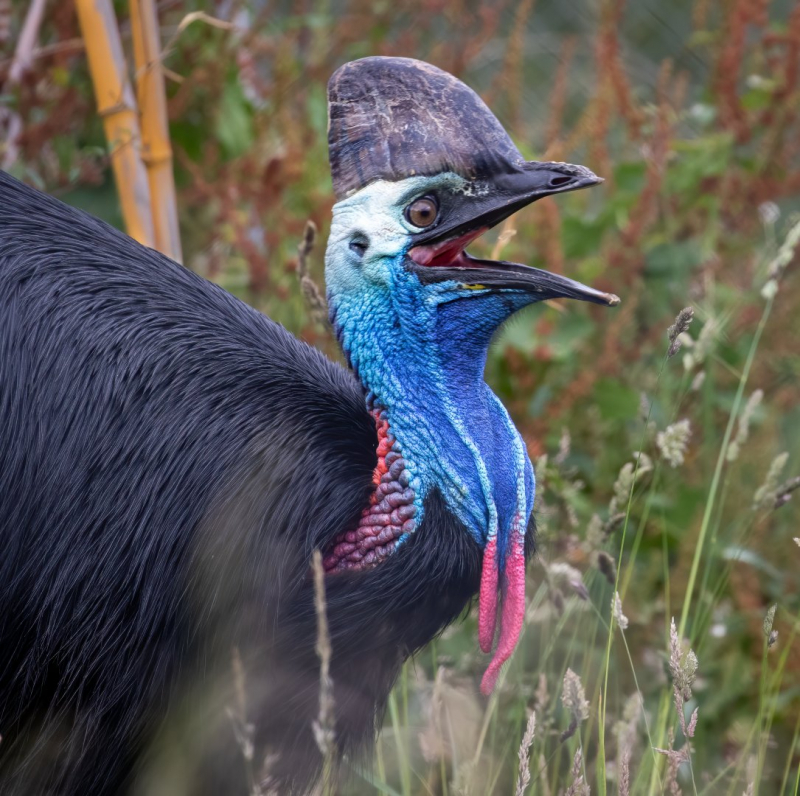
https://www.zoochat.com/ 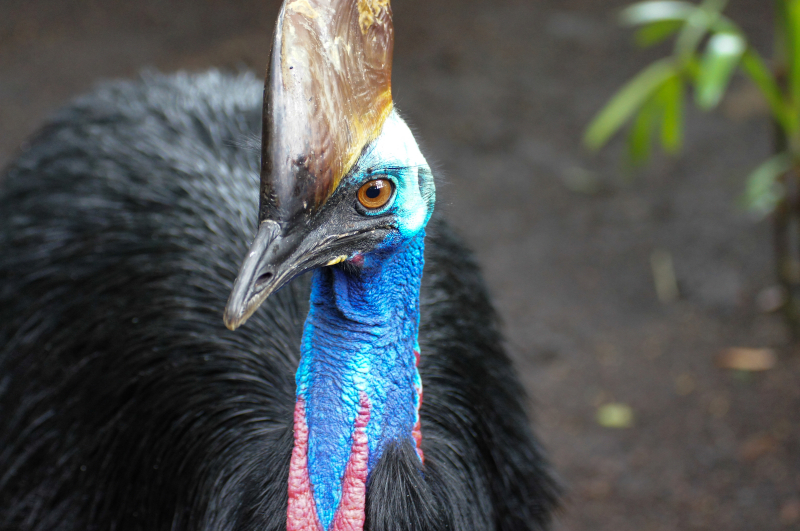
https://www.earth.com/ -
People love pelicans because of their flamingo heads, duck feet, and associations with altruism. Folklore has it that our newborns may have actually been delivered by a pelican rather than a stork. They undoubtedly have the beak for it.
Really, though, you should never leave your child—or anything else you cherish—with a pelican. It snaps at everyone and swallows other creatures without regard when it is anxious or hungry. The pelican has preyed on goslings, young penguins, ducks, pigeons, newborn turtles, and chihuahuas.
Pelicans are distinguished by a long beak and a big neck pouch that they utilize to collect prey and drain the water before swallowing it. With the exception of the brown and Peruvian pelicans, they are primarily covered with pale plumage. Before the breeding season, all pelicans develop vibrant colors on their beak, pouches, and exposed face skin. The eight species of live pelicans are sparsely distributed throughout the world, with latitudes spanning from the tropics to the temperate zone. However, they are not present in interior South America, the polar areas, or the open ocean.
The pelican's meal sinks down the throat after being caught up in its bill. The pelican will go to the crop if it is not hungry; else, it will go to the stomach. In the absence of enzymes, mucus softens the prey in the pelican's food storage sac.
Kingdom: Animalia
Phylum: Chordata
Class: Aves
Order: Pelecaniformes
Family: Pelecanidae
Genus: Pelecanus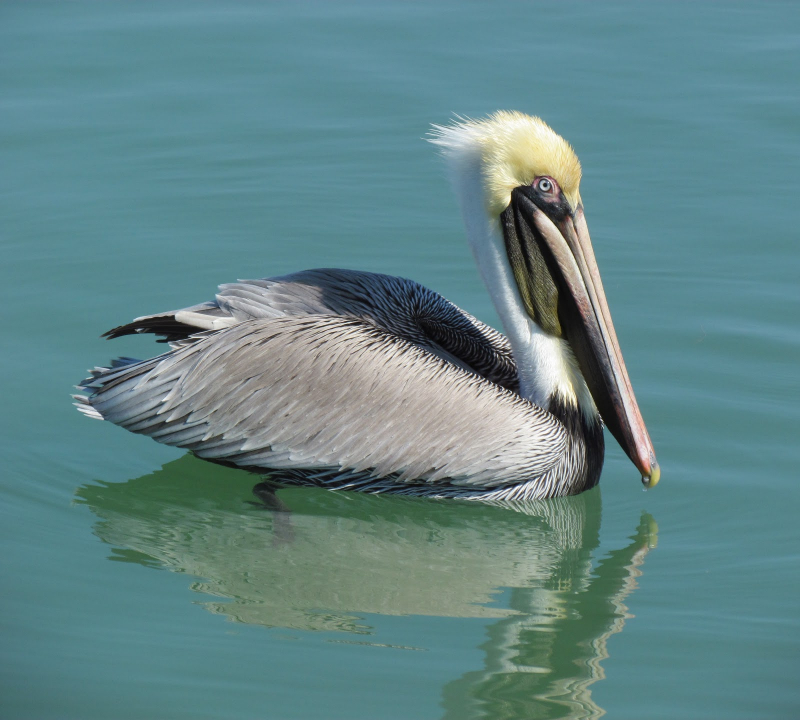
https://joananddan.blogspot.com 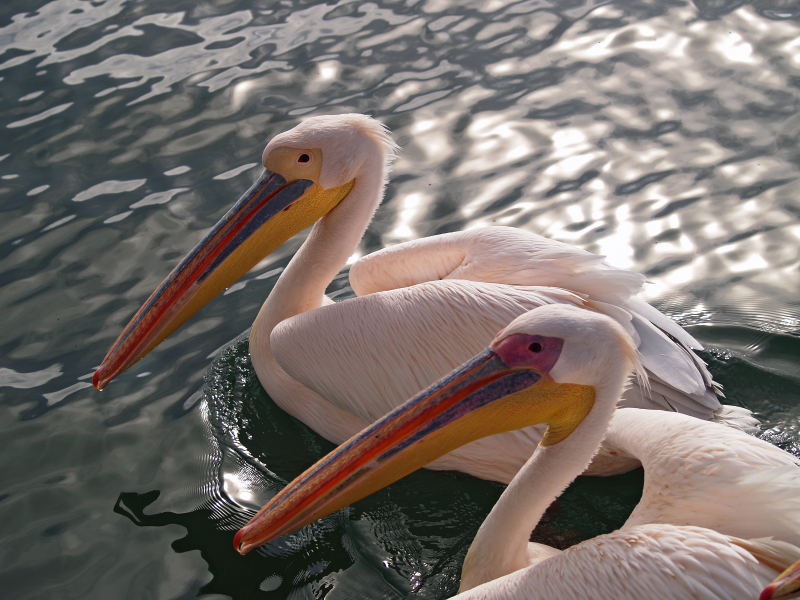
https://stampaday.wordpress.com/ -
A seabird belonging to the Stercorariidae family of skuas is the parasitic jaeger (Stercorarius parasiticus), commonly known as the Arctic skua, Arctic jaeger, or parasitic skua. It is a migratory species that spends its breeding seasons in northern Scandinavia, Scotland, Iceland, Greenland, northern Canada, Alaska, and Siberia, and winters in the southern hemisphere. During migration during the winter, kleptoparasitism is a significant source of food for this species, which is where the name comes from.
The parasitic jaeger (German for "hunter") has the appearance of a wicked seagull with its pointed wings and dark feathers. It also behaves like one. The word "parasitic" in its name relates to a propensity of robbing other birds of their food while they are flying.
This bird is a "swashbuckling" pirate, chasing them down and stealing their prey. It actually spends the majority of its time at sea, frequently over choppy sections, "harrying other seabirds... attacking in groups, until they give up their catch," just like pirates do. It only docks to have relations. Because it breeds on northern tundras, it is referred to as the Arctic skua in Europe. Even so, it poses a threat because it eats other birds' eggs.
Kingdom: Animalia
Phylum: Chordata
Class: Aves
Order: Charadriiformes
Family: Stercorariidae
Genus: Stercorarius
Species: S. parasiticus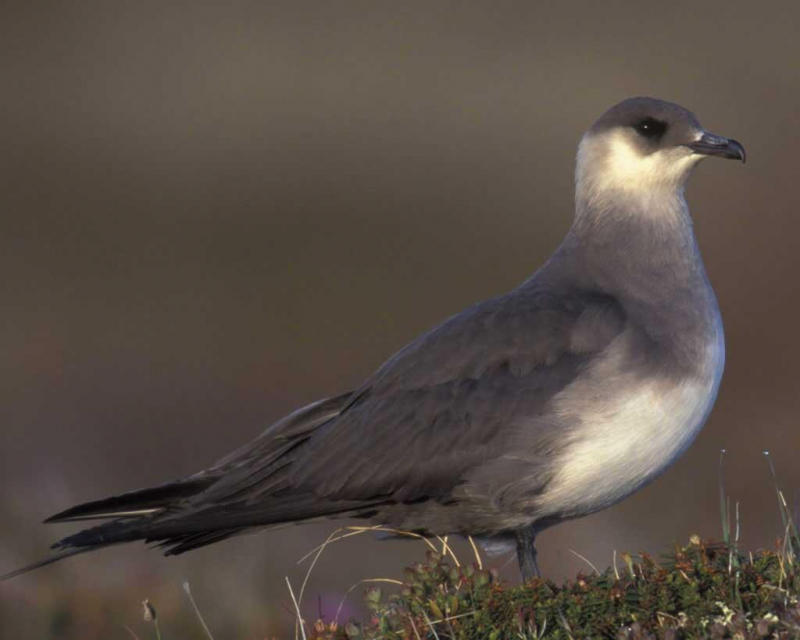
https://www.audubon.org/ 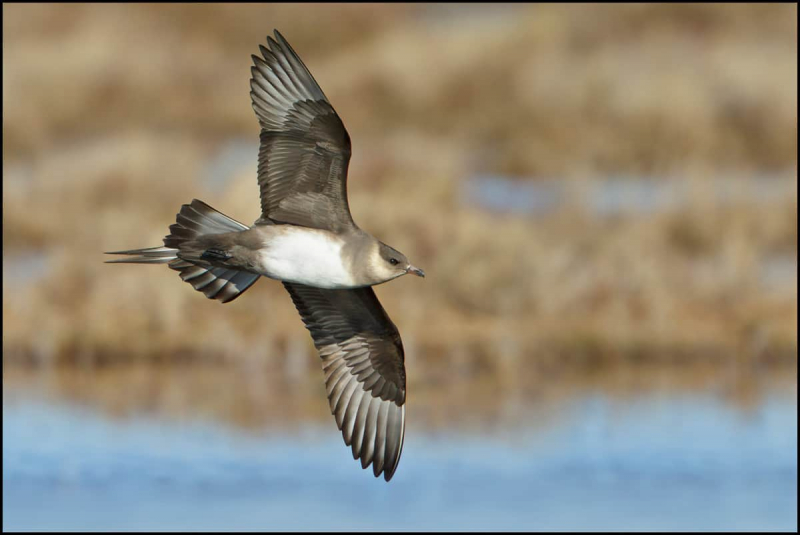
https://focusingonwildlife.com












